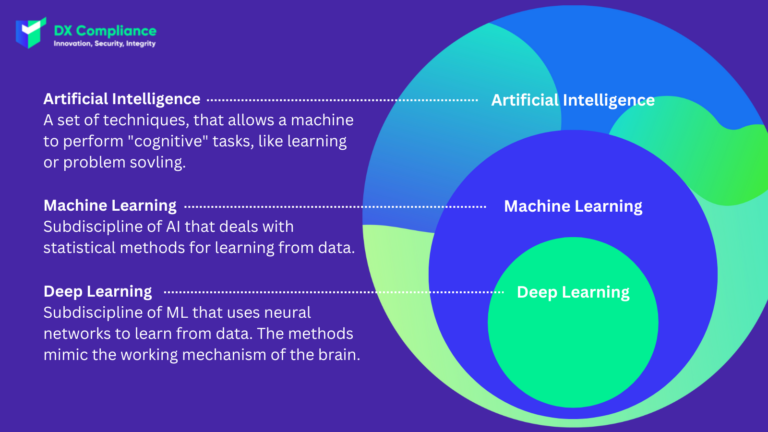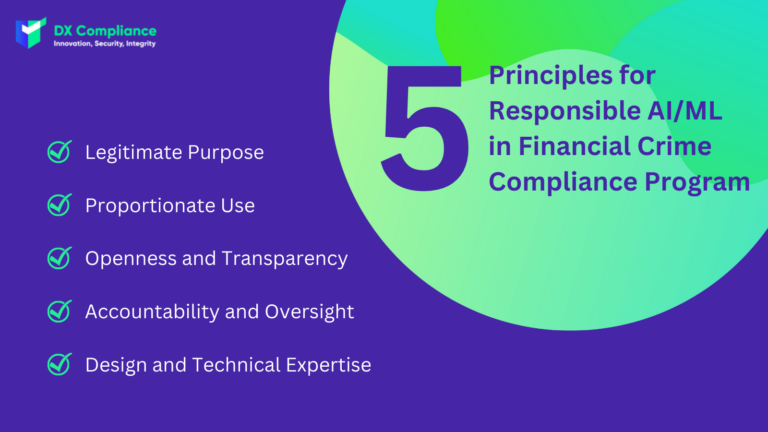5 January 2023, 9:47
Tagline
5 January 2023, 9:47
Tagline
The use of artificial intelligence (AI) and machine learning (ML) by financial institutions in their financial crime compliance programs has gained significant attention in recent years. AI and ML are advanced technologies that can analyze large amounts of data more efficiently and effectively than humans, and they have the potential to significantly improve the ability of financial institutions to detect, investigate, and manage financial crime risk.
By leveraging the advances in data science that underpin these technologies, financial institutions can analyze customer and transactional data more holistically and identify potential criminal activity more accurately. This can enable financial institutions to focus their financial crime control efforts on the customers and transactions presenting the highest risk, potentially reducing manual reviews and customer friction such as transaction delays or redundant inquiries.


The Wolfsberg Group has created principles on data ethics to assist financial institutions in managing the risks associated with using artificial intelligence and machine learning in financial crime compliance. These principles should be implemented and governed by financial institutions based on a risk-based approach and considering regulatory requirements and the specific use of AI/ML in financial crime prevention.
Financial institutions should consider the potential risks and biases of using artificial intelligence and machine learning in financial crime compliance programs, and ensure that the data used in these solutions is not misused or misrepresented. They should also review the use of data for additional activities under their data and risk management framework. This will help ensure responsible use of these technologies and enhance the integrity of the financial system.
Financial institutions should consider the risks and benefits of using artificial intelligence and machine learning in financial crime compliance programs, and regularly validate their use and configuration to ensure the appropriate use of data. They should also assess the severity of financial crime risk against the margin for error of these technologies.
Financial institutions should carefully control the technology they use for financial crime risk management and understand its limitations and consequences. Teams working with artificial intelligence and machine learning should have diverse expertise to identify bias in the results, and the design of these systems should be guided by clear goals. Senior stakeholders should be informed about the risks and benefits of these technologies and have a program in place for ongoing testing, validation, and reconfiguration to review their outcomes.
Financial institutions are responsible for their use of artificial intelligence and machine learning, as well as any decisions based on their analysis, regardless of whether the systems were developed in-house or obtained from external sources. Financial institutions should train staff on the appropriate use of artificial intelligence and machine learning and consider oversight of their design and technical teams to ensure ethical use of data. They should also have processes in place to challenge their technical teams and examine the use of data within the organization.
Financial institutions should be transparent about their use of artificial intelligence and machine learning, while being mindful of legal and regulatory requirements and the need to protect confidentiality and data privacy. They should consider engaging with regulators and educating customers about the risks and benefits of using these technologies for financial crime prevention and detection.
DX Compliance is a software-as-a-service (SaaS) and provides a full Real-Time Transaction Monitoring Solution through different combined technologies. DX aims to help achieve regulatory AML compliance by empowering compliance people in AML. We use technology to help complete their workload with greater speed, reduced costs and allowing the people to focus on the tasks at hand and let us take care of the technological solution.
Transaction Monitoring as an efficient and powerful AML system identifies the information by using AI and other AML technologies. In this way, transaction data can be automatically captured and transaction monitoring can be improved. In addition to reducing false alarms, more detailed information is obtained to assess whether a suspicious payment is present.
Curious? Please contact our experts!

08.08.2022
An overview of recent AML developments in the UAE.
Get access
15.10.2021
The introduction of 6AMLD regulations aims to reduce financial crimes.
Get access
27.07.2021 AML Compliance
Uncovering the PEP and Sanctions Lists and Global Regulation
Get access